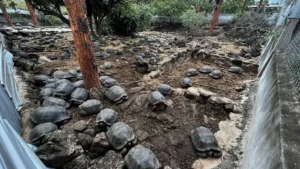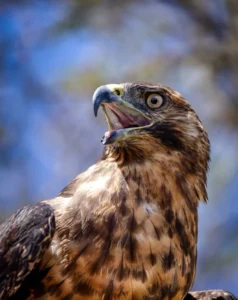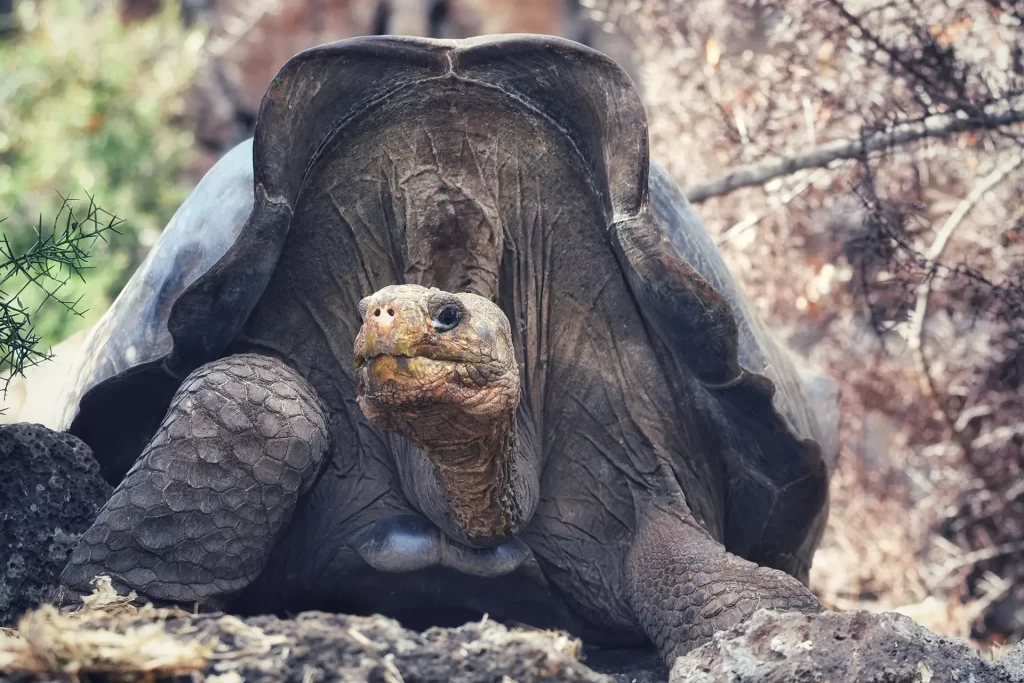Ecological restoration in Galapagos is often a slow, methodical process.
It is possible to remove invasive species square meter by sq meter. It could take decades to breed critically endangered giant turtles.

©Galápagos Conservancy
It’s just the way things are.
Ecological restoration can move at a faster pace on rare occasions. This will be the situation starting in January 2024.
The Galapagos National Park Directorate will, in the new year, begin the restoration of 13 species on Floreana Island, with the support of the Government of Ecuador, and in collaboration Galapagos Conservancy!

©Galápagos Conservancy
It’s true: Thirteen species of birds will be returned to the wild on a small island where they used to thrive.
List includes: Galapagos Mockingbirds (abruptly disappeared for over 150 years), Lava Gulls and Barn Owls. Also included are Galapagos Flycatchers.
The idea is that there is no such thing as an isolated species, and the more diverse the ecosystem, the greater the chance for all species to thrive.
This won’t happen in a hurry. There will not be a mass release of all species at the same time.
When it happens, be prepared! The restoration will happen quickly, and will be a unique island restoration experiment for the Galapagos Archipelago. It could serve as a global model of ecological recovery.

©Gerald Corsi



